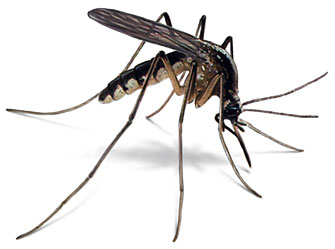“What this does though, in the public mind, is undermine people’s belief in science,” Haenn told me. “It creates skepticism.” So science must change the way it engages with the world as it both reduces and creates risk.
Scientists must also consider their complex relationship with those they wish to help. Just because a community has a high incidence of dengue, it might not be keen to introduce G.M. mosquitoes to fight the disease — for any number of reasons. Dengue fever thrives in rural areas of developing nations, parts of the world where well-intentioned Western intervention has not always worked in the locals’ favor.
Even if there appears to be interest, researchers must understand the coercive effects of their mere presence. In rural Mexico, where some of this research is taking place with the assistance of the Mexican government, Haenn says there’s unspoken pressure to accept any project that has federal backing. “People feel like if they reject any particular project, they’ll be considered kind of noncooperative players and more goodies won’t come their way,” she told me. Besides, communities aren’t monolithic. Deciding who has the authority to give the go-ahead to scientists who want to release genetically altered pests isn’t easy.
These are not problems that scientists had to worry about in the past. In Beck’s description of how risk societies work, the first round of scientific innovation — when science solves the problems imposed on us by nature — is accepted gratefully, even uncritically. We must now manage the risks that we have created, Haenn said, as well as those we continue to create.










